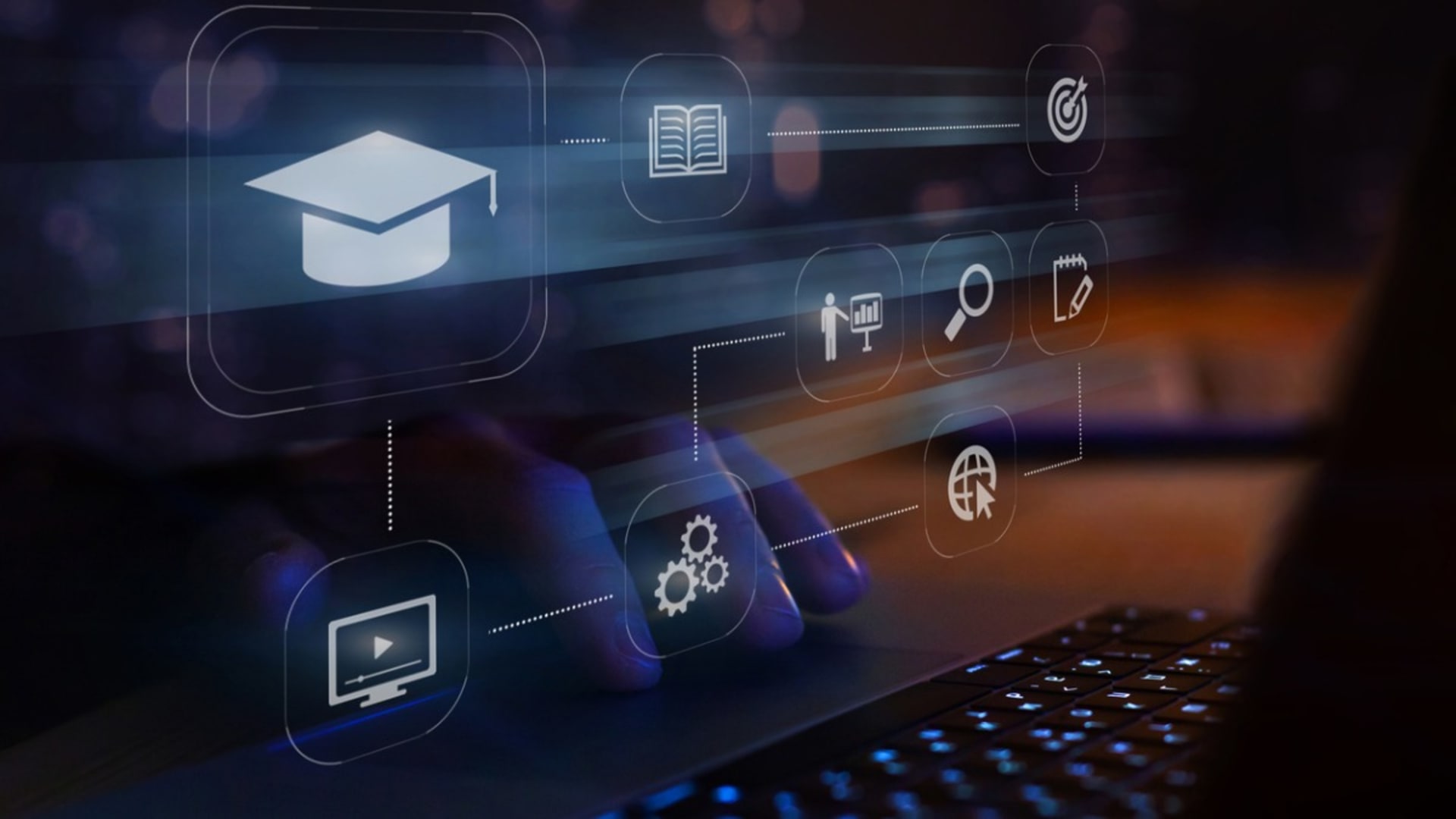Today’s students are very different from what they used to be. Digital technology has changed the way learners consume information and approach education. The world around us is changing at a rapid pace, and schools, colleges, and educational institutions are all struggling to catch up. Thus, the need for educational reform is higher than it ever was.
What can the education system do? First and foremost, it needs to remodel its classrooms to fit those new needs. It needs to embrace technology more broadly to create new learning experiences that can appeal to digital students. This implies a lot of things: the use of new technologies, the training of teachers, the modification of class organization, and, more importantly, a redefinition of what it means to educate people in the 21st century.
It’s not an easy task for sure, but it needs to be done in the short term. Doing so can dramatically improve the quality of the education system as a whole, benefiting students, teachers, and society. Some educational organizations are already showing us the way. They are collaborating with education software development companies to digitize the classrooms and bring technology into all kinds of learning experiences.
#1 Tech Provides More Immersive Learning
The digital world is filled with resources that can enrich any class, engaging students at a deeper level, and providing interactive experiences that can shed new light on their understanding of a lot of subjects. Imagine, for example, a geography teacher using Google Maps on a digital board to take students on a virtual tour of the Andes. Or a physics teacher using a 3D simulator to show the effects of different forces at play in a particular movement.
There is a lot of software available for a multitude of subjects, from math and chemistry platforms to biology applications. But that isn’t all there is to it. Immersive learning can also mean virtual reality and augmented reality to offer more sophisticated classes to students. Imagine being able to “walk” through the corridors of the Colosseum or learning to play the piano through a projection on a desk! That’s precisely what technology can give digital learners.
#2 It Customizes Learning For Each Student
One of the most significant drawbacks of traditional education is that a single teacher or professor has to prepare classes for different students. That means that classes don’t take into account the different kinds of learners inside the classroom, which ends with certain students lagging while others get bored. Fortunately, technology can help with the diversity of learning styles. How so? By letting teachers follow student progress individually and in real time.
Some platforms can gather information from each student as they work on their assignments and suggest areas of improvement to teachers. Thus, digital learners can move at their own pace, following the recommended path, while teachers can focus on students who are struggling with a particular task.
#3 Technology Provides Easy Access To More Learning Resources
Today’s students have grown accustomed to searching for information online whenever they have to solve a problem or learn how to do something. By doing so, they are now used to interacting with search engines, ebooks, educational and how-to videos, and online platforms and forums. All of that needs to be present in any classroom to leverage the students’ familiarity with them.
Naturally, educators can go beyond that. They can use online tools to allow remote access to students, use streaming to provide tutoring classes, and even use gamification elements in custom educational software to provide centralized resources more efficiently and in a more engaging manner.
#4 Tech Adds Fun To Learning
A lot of students get bored during classes, especially in those that are more traditional. That’s because they are used to technology being a central part of their everyday lives, so its absence immediately puts them off. Just the inclusion of technology can boost their interest in classes. Yet, technology can do far more than just being there – it can bring fun into the classroom.
The gamification elements mentioned above are just one of the ways educators can use to generate further engagement with their students. Games themselves are also great for teaching specific concepts in key subjects such as math, chemistry, biology, and physics. Of course, there’s more than just games – interactive videos and educational robots are other alternatives that can bring the same amount of educational value and excitement.
#5 It Increases The Collaboration
Today, technologies help connect the world in a myriad of ways, from connecting people from halfway across the world in a video call to allowing different individuals to work on the same online project simultaneously. Those collab capabilities can have a significant impact on the classroom as well. We already mentioned online tutoring classes and remote lessons as ways in which technology can democratize student participation.
Group projects and assignments can be done more easily with the tools available today, from text processors and spreadsheets to scientific calculators and online presentation makers. The technology itself can be a goal that fosters collaboration. For instance, a professor could encourage their students to build a website about a particular topic, which won’t just teach them about the subject but also teach them about building a website as a team.
#6 Technology Better Prepares Students For Today’s Jobs
Traditional education might be excellent at providing fundamental concepts about essential subjects, but it’s getting further away from the workforce’s reality. Today, most jobs call for tech knowledge of varying degrees. At the very least, all jobs require a certain digital alphabetization that most students today have to learn for themselves. Educational institutions can help with that through technology.
By encouraging the use of digital tools such as calendars, websites, video calling apps, electronic whiteboards, emails, mobile apps, and more, educators can help students learn how to work with all those tools. Naturally, all of those tools would be boosted by the inclusion of tech-related subjects in the education programs, starting from an early age. Thus, the education system would place technology where it belongs today – at the center stage.
#7 Technology Teaches About Digital Life
Technology doesn’t just help prepare students for work but also helps them understand everything that surrounds tech life itself. Nowadays, many of our lives rely on digital technologies, from entertaining ourselves and communicating with others to paying bills and voting. Besides, social media is a force to be reckoned with, so understanding what it means to participate in that digital life is something students should learn from an early age.
In other words, if children start using technology in the safe space of the classroom, they can learn a lot about digital tech responsibility. That’s the perfect environment for students to learn about digital identities, digital citizenship, and online etiquette and what it all means in the broader context.
Time To Start Working With EdTech
In some form or another, the technological revolution is already impacting the education system. However, learning about the benefits of incorporating digital technology into the classroom can help educational institutions better plan their strategies around them. That can lead to the reforms needed to adjust our current education system to the reality of our highly digitized world.
In that context, education software development companies such as BairesDev play a major part. We can help educational institutions to develop customized solutions to boost their student’s potential. We can also aid schools, colleges, and universities to take the necessary steps towards a digital transformation that provides them with all the benefits stated above. We have the experience and the expertise to do it. If you are interested in revolutionizing the way you teach your students, then contact us today.







